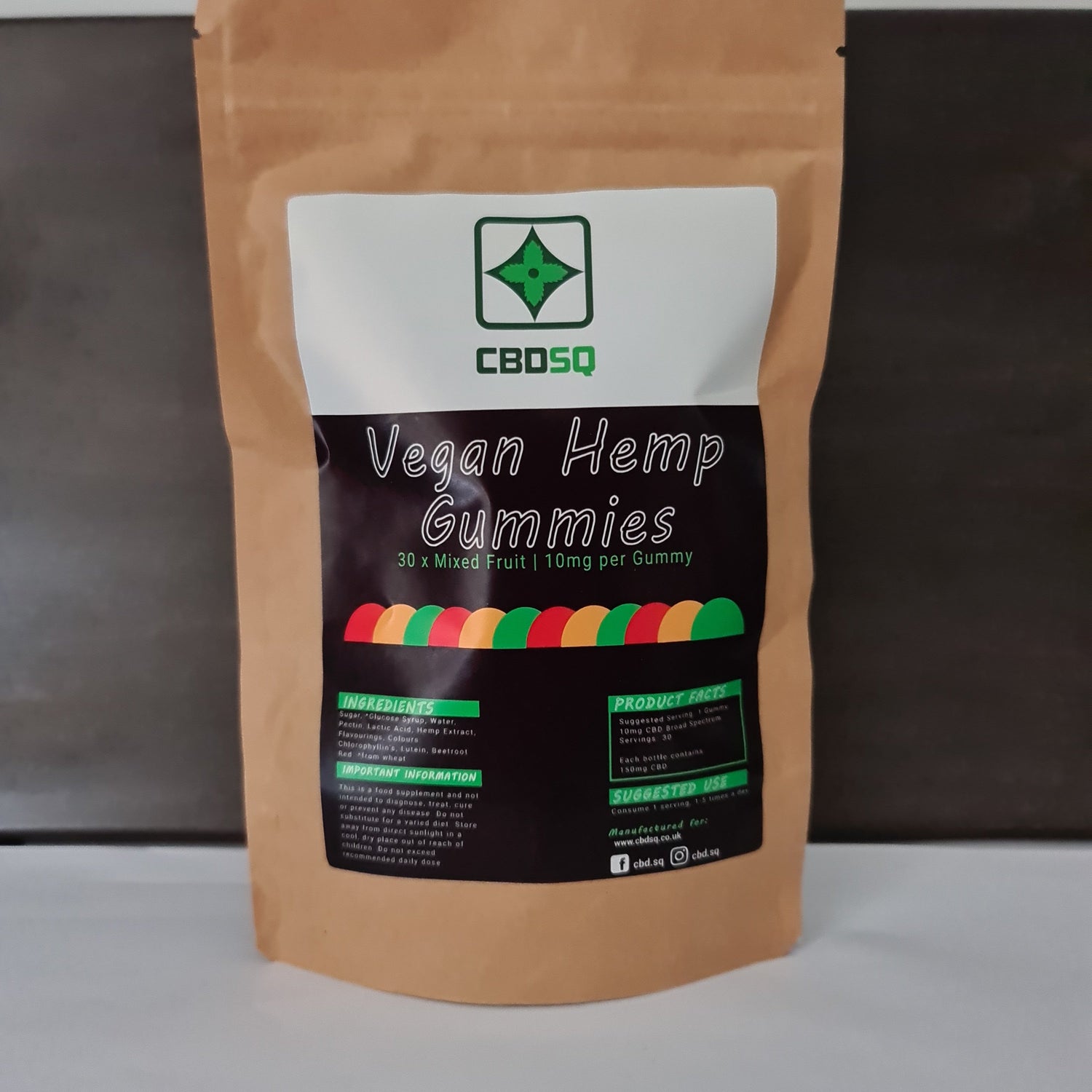
Medicinal Use of Hemp Dates Back To Ancient Times
Share
Ancient China is where we first encounter medicinal use of hemp. From around 6000 BCE on, hemp was used in tools, clothing, shoes, and food.
It wasn’t until 2737 BCE that there is written evidence of hemp as medicine. Emperor Shen-Nung developed topical hemp oils and teas to aid in pain relief. He wrote his findings in the first editions of the Pen Ts’ao Ching. Later on, other pharmacopoeias would list the medicinal effects of flowers, leaves, and seeds of the cannabis plant. Hua Tuo was the first person on record to use cannabis as an anesthetic in the second century. He notes that this plant can also aid in the treatment of blood clots, tapeworms, and hair loss.

The Romans had a long history of hemp use. Circa 77 AD, Pliny the Elder noted how helpful hemp was for the extraction of insects from ears and for pain relief. However, he made sure to note excessive use can negatively affect sexual performance. Around the same time, Disocorides wrote a pharmacopeia listing the medical benefits of hemp. These include assisting with ear pain, stomach-related issues, and burns. By 200 AD, Galen mentions again the ability of hemp to relieve pain, but notes that it can cause stomach pain, headaches, and dehydration.
Cannabis use was popular among many people in Middle Eastern regions, especially due to the prohibition on alcohol from Islam. With the abundance of the plant, it’s no surprise that physicians knew hemp well. They were aware of and noted the many benefits of the plant as they found it's use in many area's of medicine much like the Chinese did. From an herbal tea to a sacrament, the plant was used as an anti-inflammatory, pain relieving, anti-emetic, anti-epileptic, diuretic, and more.
These are far from the only regions known to utilize hemp plants medicinally. In India, the Atharvaveda lists hemp as a sacred grass. They’ve used pastes, drinks, and parts of the plant both medicinally and recreationally for centuries. Hemp has been found buried with Ancient Greeks. Egyptians wrote about using hemp in an eyewash in the Ramesseum III Papyri. Later writing would highlight both pain relief and inflammation.
Across regions and history, one thing seems clear - hemp was being used for pain relief. It's important to note that in this modern era we can't make claims that any products from Hemp do what the ancient healers state they would due to laws and regulations that for the most have yet to be written.
The progression of use of the plant didn't end long ago - it continued all the way up to the 1937 Marihuana Tax Act known as prohibition.
Hemp spread across the world through travel and use as fibers. Across Europe, hemp was used to treat tumors and coughs - as well as recreationally. By the sixteenth century, hemp was one of the main crops grown in England. In 1533, Henry VIII commanded farmers to grow hemp or face a fine. During this century, physicians Garcia de Orta and Li Shih-Chen discovered new uses for the plant - to improve appetite and as an antibiotic, respectively.
By the seventeenth century, hemp had made it to North America. It was grown in Jamestown and other colonies for use in clothing, building materials, and sails. In 1619, the Virginia Assembly passed a familiar law mandating each farmer to grow hemp. Similar laws would be passed in Massachusetts and Connecticut, with the plant being accepted as legal tender in Virginia, Pennsylvania, and Maryland.
During this time, Robert Burton’s “Anatomy of Melancholy” recommends hemp use to improve and treat mental health disorders. In the eighteenth century, two additional pharmacopoeias listed hemp’s many medicinal properties. “The New England Dispensatory” and “Edinburgh New Dispensatory” list hemp as a treatment for pain and skin inflammation, and cough respectively.
Despite hemp’s listing in many medical texts, one man is often credited as the main person to popularize the plant in the West - W.B. O’Shaughnessy. As an surgeon and professor at the Medical College of Calcutta in the 1800s, the Irish O’Shaughnessy was conducting experiments about cannabis Indica on animals, children, and adults.
He noted the analgesic effects in addition to its ability to relax muscles. Patients with rheumatic diseases, cholera, tetanus, and hydrophobia were all treated with hemp under his care. While it wasn’t necessarily a true treatment for some of these conditions, O’Shaughnessy noted it offered hope and removed some of the negative emotional effects of illness.
Just before the Civil War, the third edition of the U,S. pharmacopeia lists hemp extract. The U.S. Dispensatory does as well, adding medical cannabis. It was known to be intoxicating, yes, but also pain relieving and sleep inducing. Hemp was recommended for a variety of health issues from neuralgia and convulsions to depression and gout. At the end of the nineteenth century, Dr. JR Reynolds’ research showed improvement in tics, migraines, asthma, and dysmenorrhea.
There's been various uses of the Hemp plant throughout recorded history - one thing is for sure despite our inability to make any type of a product claim in our current times we do know that long ago this plant was a staple. It's use in medicinal applications by the healers of these times is documented well - just as the use of cordage and textiles is feathered throughout history books.
Hemp was the past, it is the now, and it is future!

